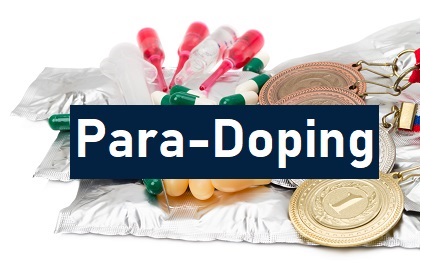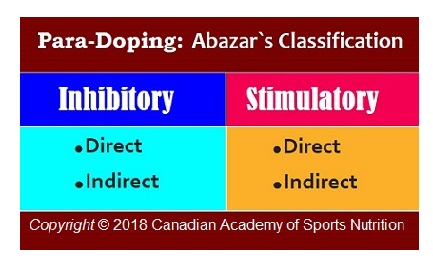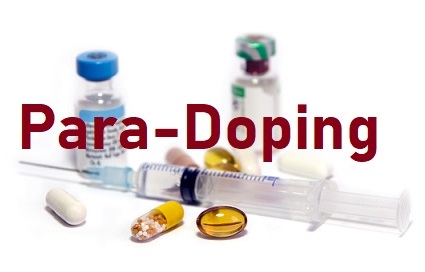Have you ever wondered why “winning at all costs” becomes the motto of some athletes? When you attend a stadium or a sport complex to support and cheer for the athletes or teams you like, you are not fully aware of the depth and the intensity of the competitions running on the fields. A sports competition is like war: to defeat your opponent, and you may use any tricks possible―legal or illegal, moral or immoral.
When a few centimeters, grams or seconds makes a huge difference―making someone a winner and others losers―it is then some would seek “winning at all costs“. The spirits and principles which the Olympic Games and sports competitions were founded on have faded away, losing their values over time.
After 27 years of working with athletes, I have discovered five reasons athletes may have to use substances or other methods to enhance their performance:
1) to become a champion―fame.
2) to gain economic benefits―money.
3) to make a name and revenue by coaches and trainers―profiteering.
4) to have chiseled features to brag about―pride.
5) to experiment only―curiosity.
The five types of doping in sports are drug-induced doping, soda doping, blood doping, gene doping and para-doping. The term para-doping and the classification of para-doping were introduced to the world of sports by the author of this article in 2001, which is finding its way into sports.
What is para-doping?
Para-doping is the act of deliberately drugging someone in order to defeat or eliminate him or her from a sports competition. Incredible as it may seem, it is more common in sports than you think. It could be applied to an individual athlete or a team. In inhibitory form, an athlete or a team is fed certain substances to diminish athletic performance. For instance, they might be fed tranquilisers through their food or drinking water. In stimulatory para-doping, they are fed a prohibited substance to enhance their performance. This will lead to a positive doping test followed by years of banishment for a doping violation.
Direct Inhibitory Para-Doping:
This type of para-doping means to intentionally drug someone to decrease his or her athletic performance. Since an athlete acts directly for this purpose without telling others, it is called “direct”.
Indirect Inhibitory Para-Doping:
It is to intentionally drug someone to decrease his or her athletic performance. An athlete is not directly involved in the act but it is others who execute the plan. As per our experience, this is the most common form of para-doping.
Direct Stimulatory Para-Doping:
It is to intentionally feed someone a prohibited substance to make his or her doping test positive to eliminate him or her from the competition. Since an athlete acts directly for this purpose without telling others, it is called “direct”. This is the most uncommon form of para-doping. What recently happened to Japanese kayakers is a typical example of this form of para-doping. You can read the story here.
Indirect Stimulatory Para-Doping:
It is to intentionally feed someone a prohibited substance to make his or her doping test positive to eliminate him or her from the competition. It is “indirect” because an athlete does not act directly or alone; others carry out the plan.
Abazar Habibinia, MD, DFN, CSDTT
Executive Director of The Canadian Academy of Sports Nutrition




